
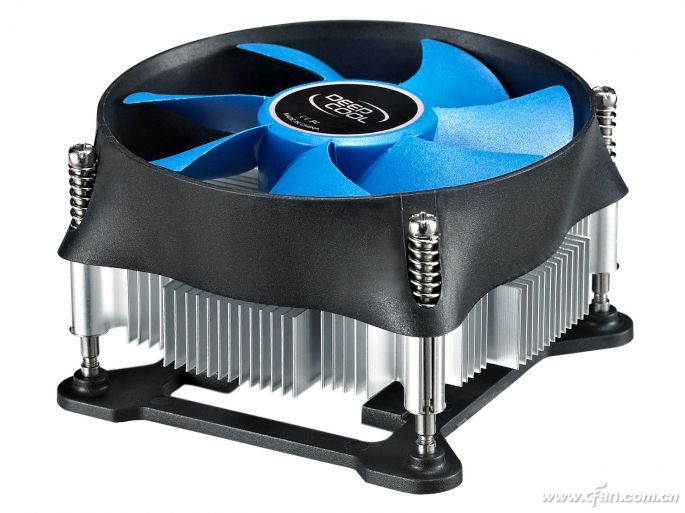
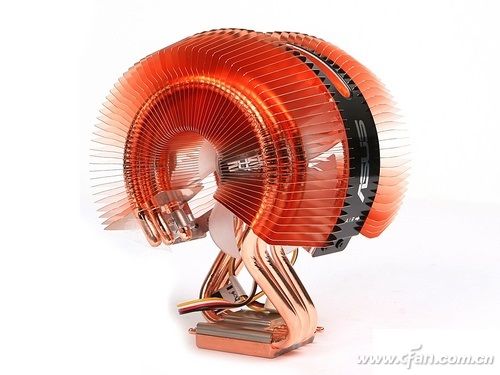
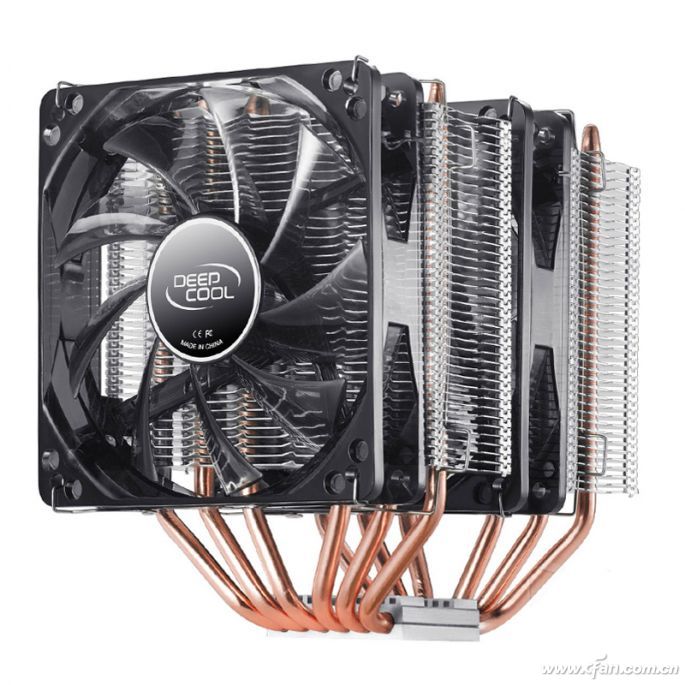
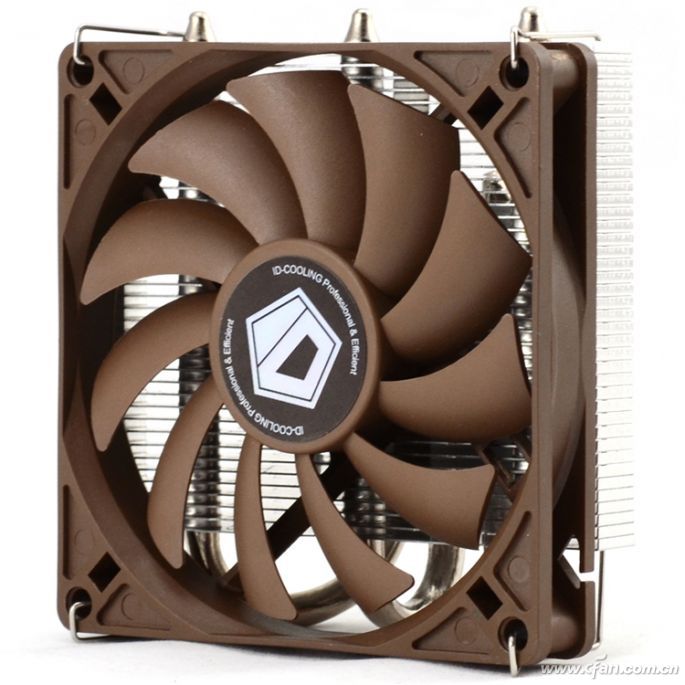
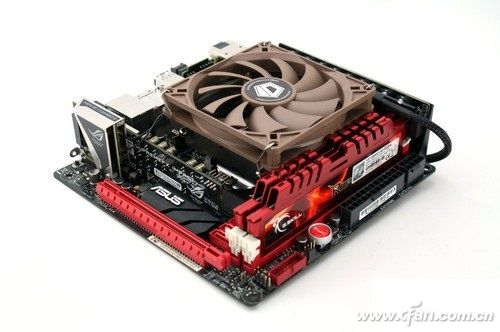
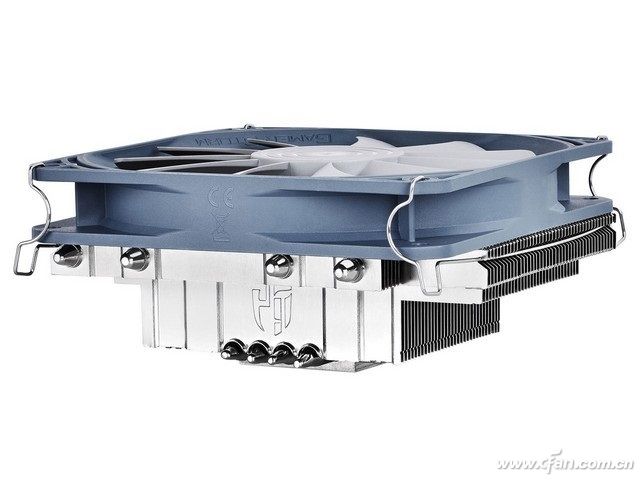
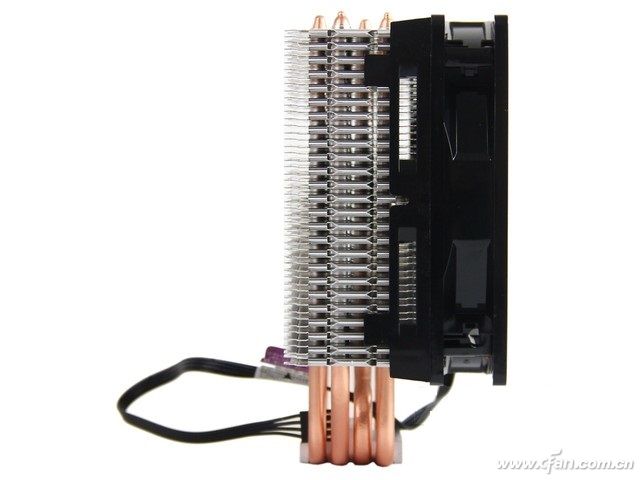
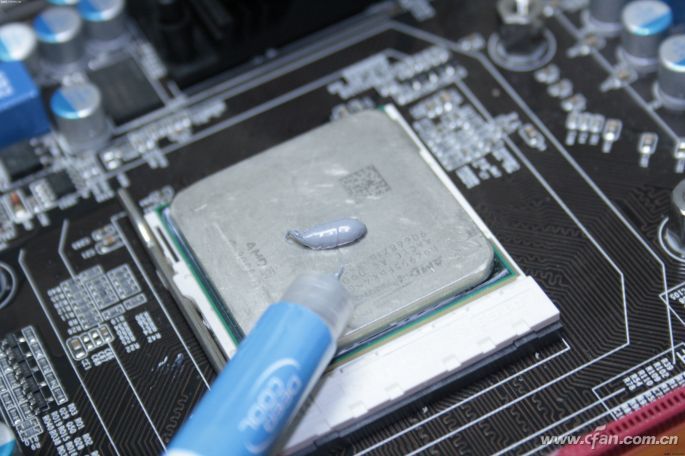

A transformer is an electrical device that is used to transfer electrical energy from one circuit to another through electromagnetic induction. It consists of two coils of wire, called the primary and secondary coils, which are wrapped around a common iron core. When an alternating current is passed through the primary coil, it creates a magnetic field that induces a voltage in the secondary coil. The voltage in the secondary coil can be stepped up or stepped down depending on the number of turns in each coil. Transformers are used in power transmission and distribution systems to step up the voltage for long-distance transmission and step it down for distribution to homes and businesses. They are also used in electronic devices such as power supplies and audio amplifiers.
Transformer,Planar Transformer,Resonant Transformer,Charging Pile Main Transformer
Huizhou Show-Grand Electronics Co., Ltd. , https://www.sgtransformer.com